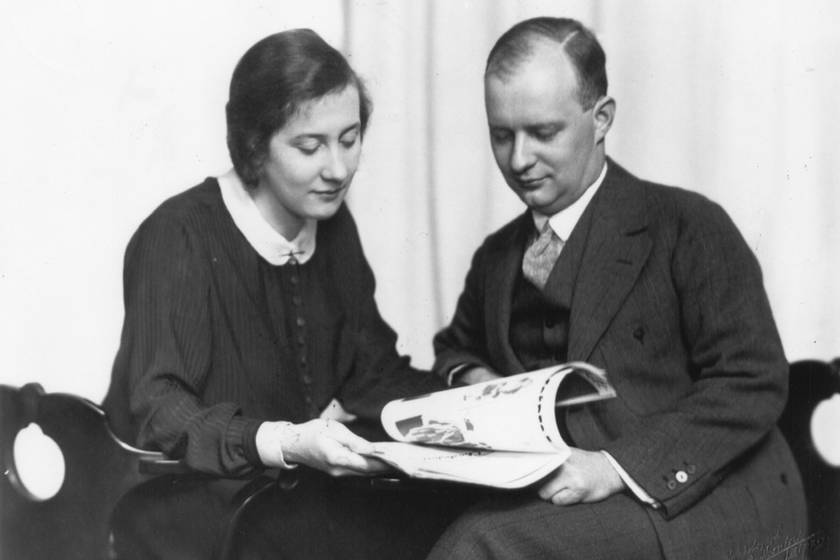Selling Hindemith with naked nuns on roller skates
OperaThe state theatre in Schwerin, northeast Germany, is staging Paul Hindemith’s short opera Sancta Susanna, which few living people have ever seen.
In order to hit the headlines, director Florentina Holzinger has inserted a scene of naked nuns performing their rollerblades moves (as they doubtless do in all the best nunneries). The score is further extended with excerpts from Bach, Cole Porter and a contemporary composer Johanna Doderer.
We won’t offend you with a picture. There are other sites where you can find such things.
photo: Mr & Mrs Hindemith






Comments